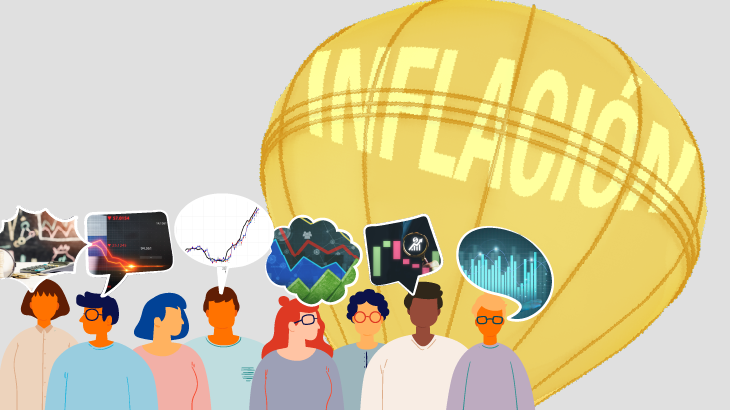
The most recent
Abstract
This article studies the relationship between instantaneous and year-on-year inflation and the benefit of the forecast performance using instantaneous as a predictor. Instantaneous inflation is a transformation of year-on-year inflation, assigning different weights to each month of the Consumer Price Index (CPI) used to calculate the year-on-year inflation. We study the relationship using the Coincident Profile, which allows us to determine whether instantaneous inflation is coincident or anticipates the dynamic of year-on-year inflation. This finding establishes the lag order of the VAR, VECM, and ARIMAX models. Once we fit these models, we forecast year-on-year inflation and evaluate the predictive capacity. We found that instantaneous inflation helps to improve the forecast performance, beating the performance of an ARIMA model and more complex models that use a large set of predictors in several evaluation periods in the near and medium term.We developed three empirical exercises using data from Colombia, the United States, and the United Kingdom to evaluate this approach; in the three cases, we found betterment using instantaneous inflation as a predictor.
Nowcasting inflation is not only considered an alternative measure of observed inflation, but also a predictor, which allows for constructing inflation forecasts with better performance.


 Edgar Caicedo-Garcíaa,
Edgar Caicedo-Garcíaa,